‘Remember the days of old, consider the years of many generations’—From the Song of Moses, Deuteronomy.
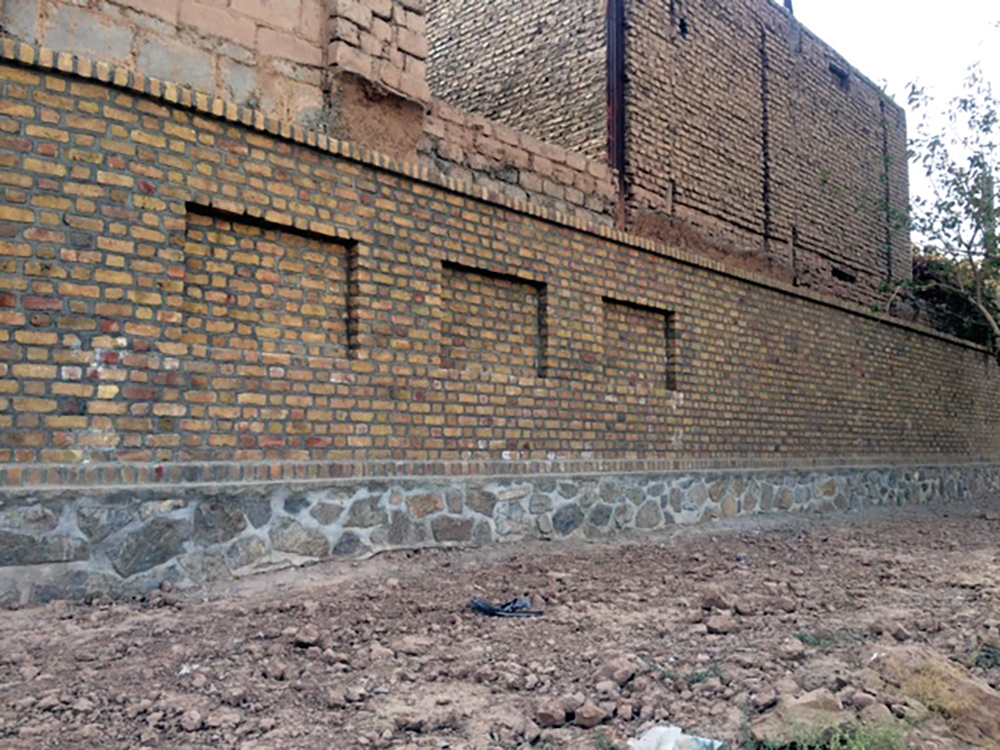
Her name is Osnat Gad, a talented and successful jewelry designer and poster child for the American Dream. Gad, along with her mother, five sisters and one brother immigrated to the United States in 1961 to join her father, who had previously arrived from Afghanistan in 1959. While the Gad family are members of a rare minority of Afghani Jews, contrary to what you might expect, they were not political refugees and they were not fleeing religious persecution. They left their ancestral home in Herat, Afghanistan seeking a better life, responding to the promise that America offers.
The Jewish presence in Afghanistan dates as far back as 2,700 years when the Assyrian assault on Jerusalem in721 BCE resulted in the forced relocation of the 10 Jewish tribes now referred to as the lost tribes of Judah. Jews fleeing Assyrian captivity made their way along the Silk Road through Persia (Iraq) to settle in Afghanistan. There they established flourishing communities in cities like Kabul and Herat.
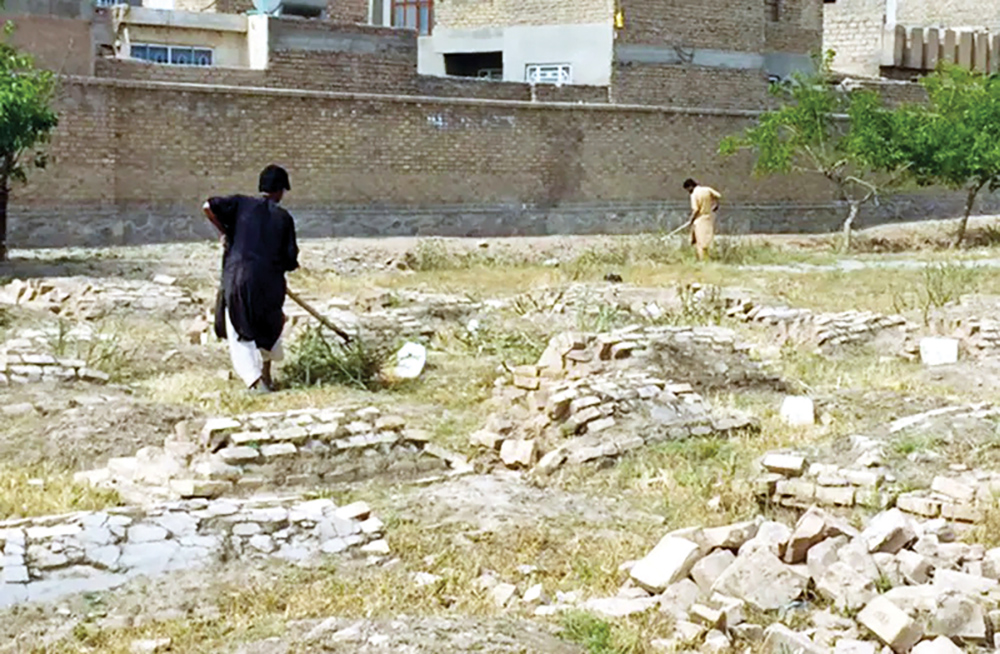
Jews were well received in the region, and by the ninth century, educated Jews were being recruited as advisers under the Buddhist Ghurid chief Amir Banji. (His successors later converted to Islam.) Centuries later, Jews were still being welcomed in the region and encouraged to prosper in order to create wealth and cultural enrichment for the entire population.
A strange ethos developed in the 16th century when it was theorized that the Pashtun tribe of Afghan Muslims descended from Hebrews. It came from the idea that the name “Afghan” relates to Afghana, a grandson of King Saul. The theory has been discounted but perhaps this belief of a shared history accounts for the continuing acceptance of Jews. Of course that is ancient history, but by 1836, it is believed that the population of Jews in western Afghanistan was between 40,000 to as many as 80,000, with Herat at the heart of the community. (Note: This figure has been contested by some scholars as being highly exaggerated.)
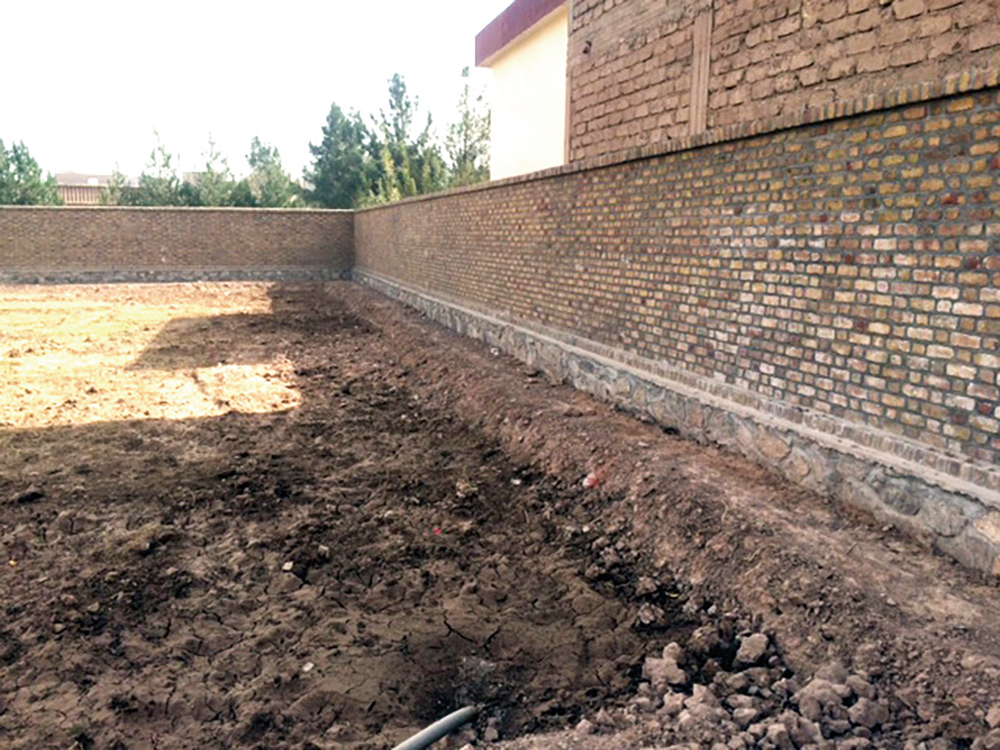
Sadly, by the late 19th century all that changed, and Jews became targets of discrimination and forced to endure severe restrictions in housing, dress, occupation and lifestyle. Historical records indicate that by 1936 a mere 3,300 Jews were living in Afghanistan under deplorable conditions, and by the time of the Taliban offensive, only two Jews still resided in the country. The last Afghani Jew, Zabalon Simitov, departed for Israel in 2021 after abandoning the synagogue he had staunchly maintained for decades.
Of the four original synagogues in Herat, two were converted to mosques, one turned into a school, and the last one, the Yu Aw shul, has become an Islamic cultural center even though Hebrew inscriptions are still visible on its walls and the remnants of a mikvah are still evident. It has recently been reported that the Aliph Foundation—a Swiss group aimed at protecting cultural heritage sites in conflict areas—has received authorization to restore the building and the mikvah under the protection of the Taliban government. Only time will tell if that project is realized.
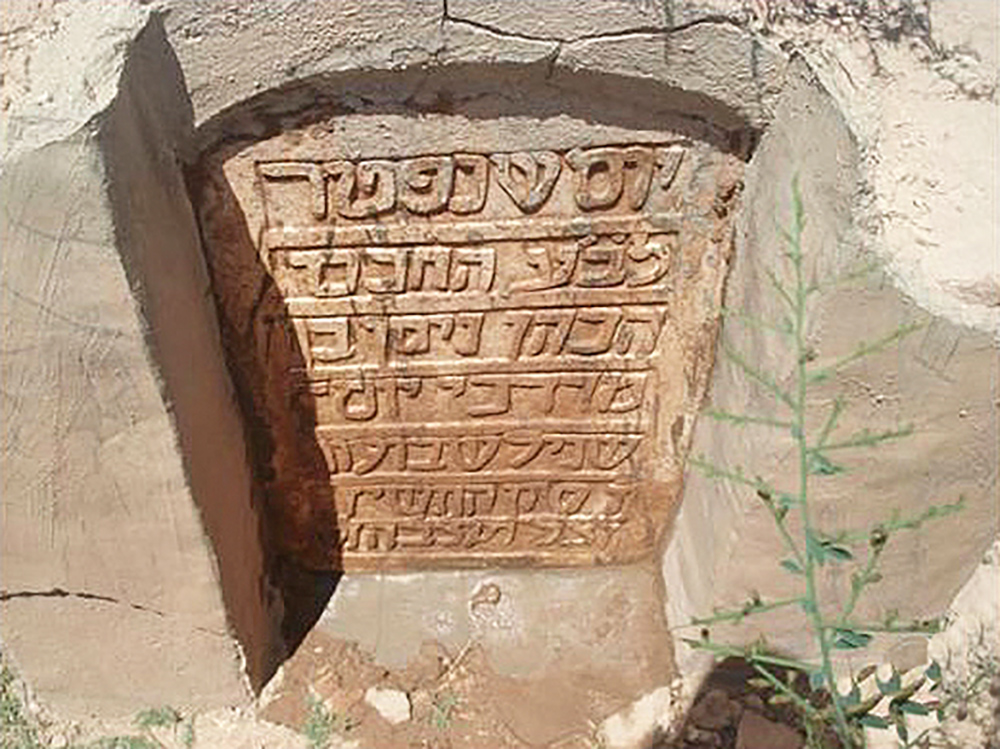
The departure of all Jewish populations left no one to look after the synagogues and mikvahs, let alone the cemeteries which had suffered serious disrepair in both Kabul and Herat. According to ancient burial laws, cemeteries were constructed outside city limits and the Herat Jewish Cemetery is estimated to be between 250 and 400 years old, with a grave count of about 2,000.
For some years, a dear friend of Gad’s, Shlomo Yekutiel, a Canadian Jew originally from Herat, had been encouraging her to preserve her father’s Afghani heritage. Serendipitously, in 2013 Gad received this startling message in broken English through her website: “I am from Afghanistan Herat. I want to have contact with Jewish from Afghanistan or Herat city and have a lot of information about Herat Jewish and synagogue in the old city of Herat.”
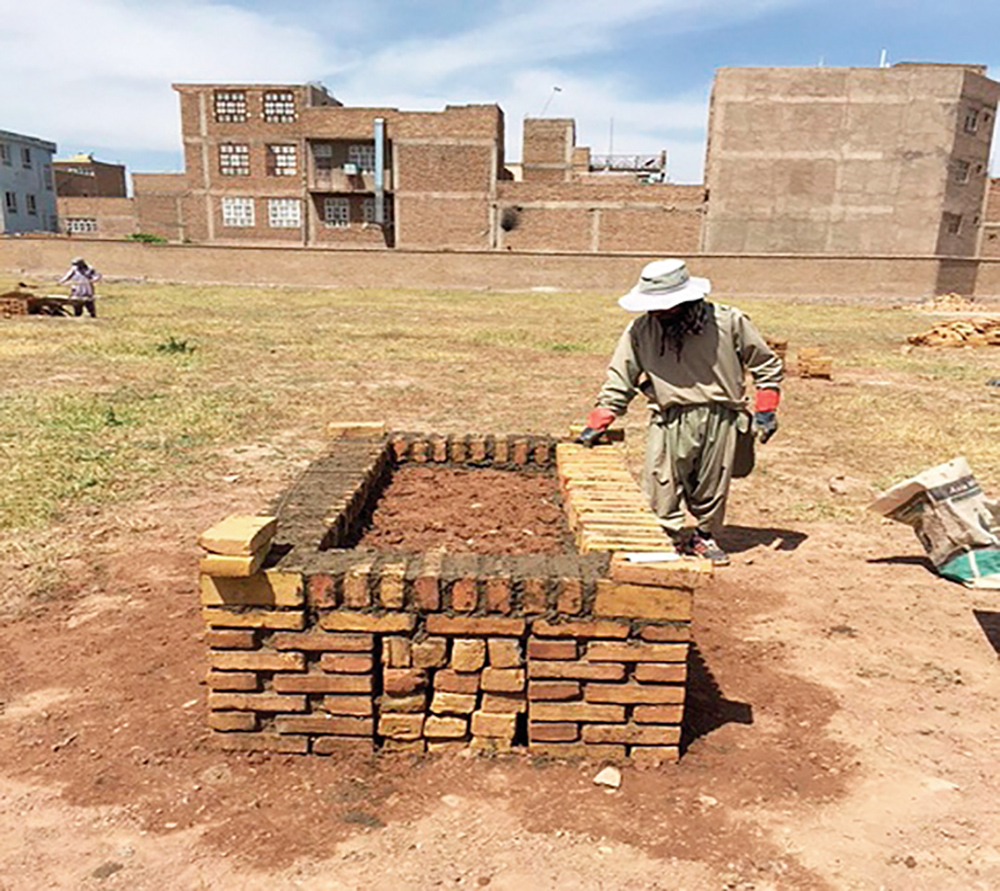
Gad was suspicious of this cryptic message from an Afghani—let’s refer to him as SJ for security reasons—and his motives for reaching out to her, but putting initial concerns aside, she followed her heart that had been primed by Yekutiel to get involved. Over the next two years SJ and Gad developed a relationship after he provided official documentation that he was an engineer from Herat and had been employed by the Aga Khan Foundation to supervise the restoration of Jewish monuments. Gad agreed to the monumental undertaking of restoring the Herat cemetery … the very same cemetery where her ancestors were interred.
She started a campaign to fund the restoration and reached out to family, friends, descendants of Afghan Jews; Afghan Jewish businessmen she knew from her jewelry business; along with the Afghan Jewish Foundation (established in 1972 in New York) and the Afghan Jewish community in Israel and London. Miraculously they all agreed to contribute to the project. But raising the money was just the initial step; she still had to get authorization from the U.S. State Department to work in a foreign country
with which the U.S. has no diplomatic relationship. She also needed to find the proper authorities in Kabul to sign off on the project. Amazingly, with tenacity and determination, she found appropriate government officials in both countries and was granted the necessary approvals to proceed with the restoration from the U.S. State Department; the Afghan Consulate in New York; and the Ministry of Hajj and Awqaf, in Kabul and Herat.
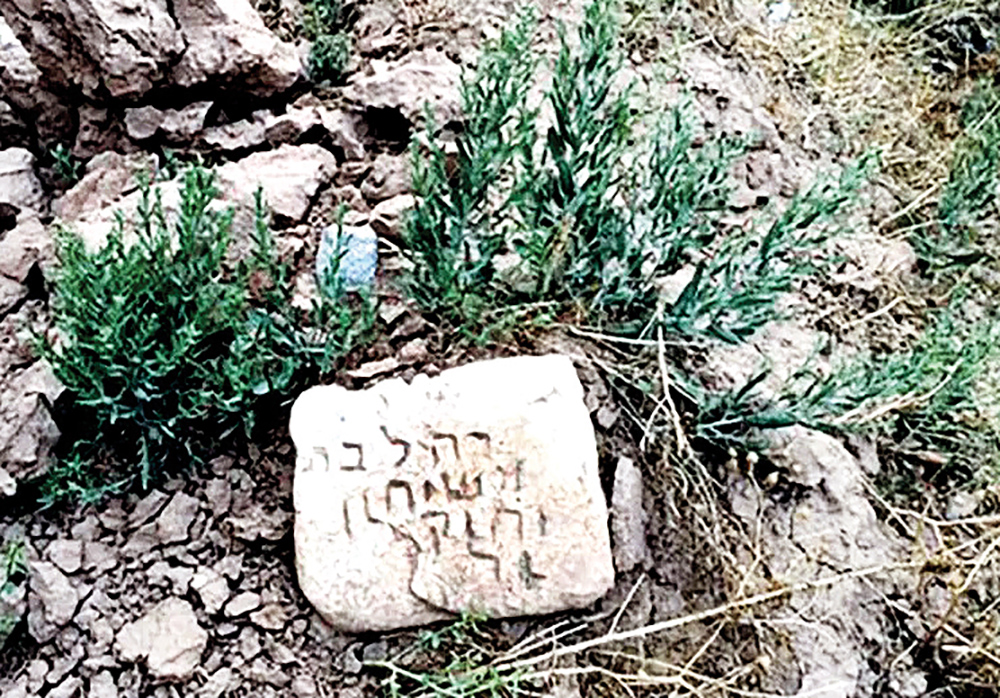
Politically unable to be on the ground in Afghanistan, Gad had to trust SJ to handle the work according to her design and to follow the proper halacha, which SJ, a Muslim, would be required to honor.
In 2019, after five long years, the project was completed and included the building of four walls and an entry gate that encircles the cemetery. Once the walls were built, her persuasive friend Yakuti personally restored 40 tombs that had been completely shattered.
Additionally the Abdelaziz Muslim family that has maintained custodial care of the cemetery for the past 150 years has now been officially engaged to live on the premises and protect it. The current custodian is Jalilahmed Abdelaziz, and he recalls family members protecting the cemetery even after it was abandoned by Jews.
Over the years, SJ and Gad have learned to love and trust each other and call each other sister and brother. How rare to have a loving friendship between a Muslim Afghani man who speaks almost no English and a Jewish American woman who speaks English but only Dari, a dialect of the Persian language spoken by Afghani Jews!
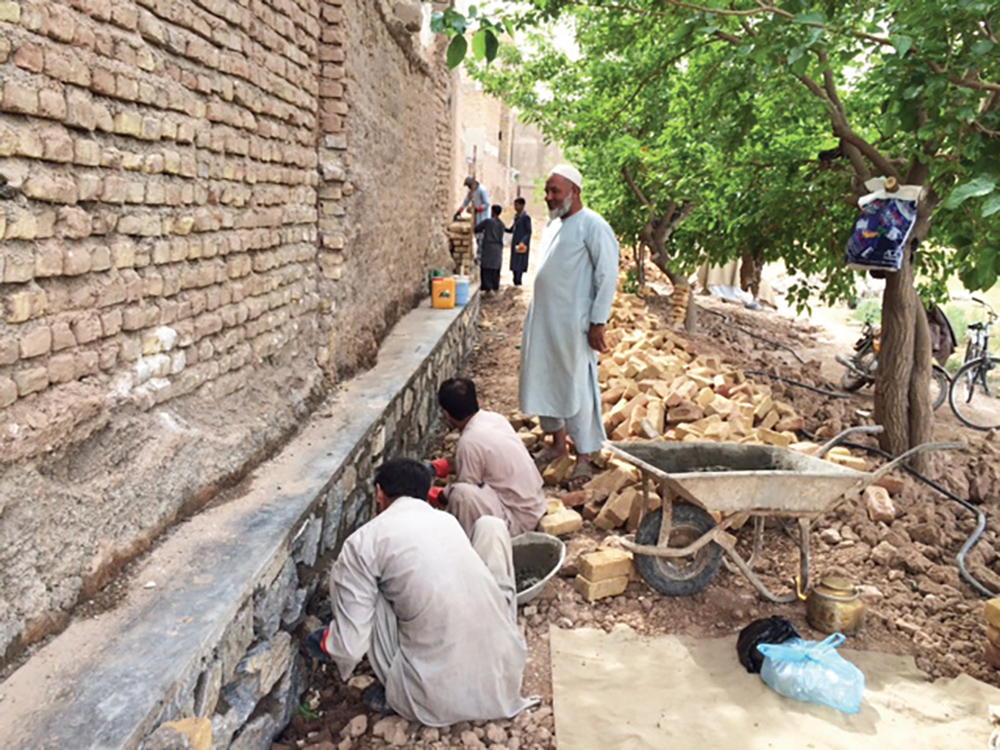
In the spring of 2024 (at a venue still to be determined) this extraordinary story of faith and ancestral respect will be retold in a museum exhibition entitled “The Hidden World of Afghan Jews” and will feature many authentic artifacts and photographs describing the peaceful, prosperous and elegant world that for a period of time was the life enjoyed by Afghani Jews.
For information or to contribute to this project visit: [email protected]
Barbara Angelakis is the co-owner and travel & culture editor for LuxuryWeb Magazine, a monthly lifestyles emag. For 20 plus years she has written extensively in LuxuryWeb and other publications about luxury destinations, culture and history, festivals and cultural events, gourmet food, and most recently Jewish heritage. Her study of art, history and cultural anthropology prepared her for travels around the world to destinations in Africa, Asia, Europe, North and South America, and most recently the seventh continent, Antarctica. She has been recognized for her outstanding coverage on Tanzania and awarded “Journalist of the Year” by the Tanzania Tourist Board and is the recipient of the MTA Malta Tourism Press Award.









